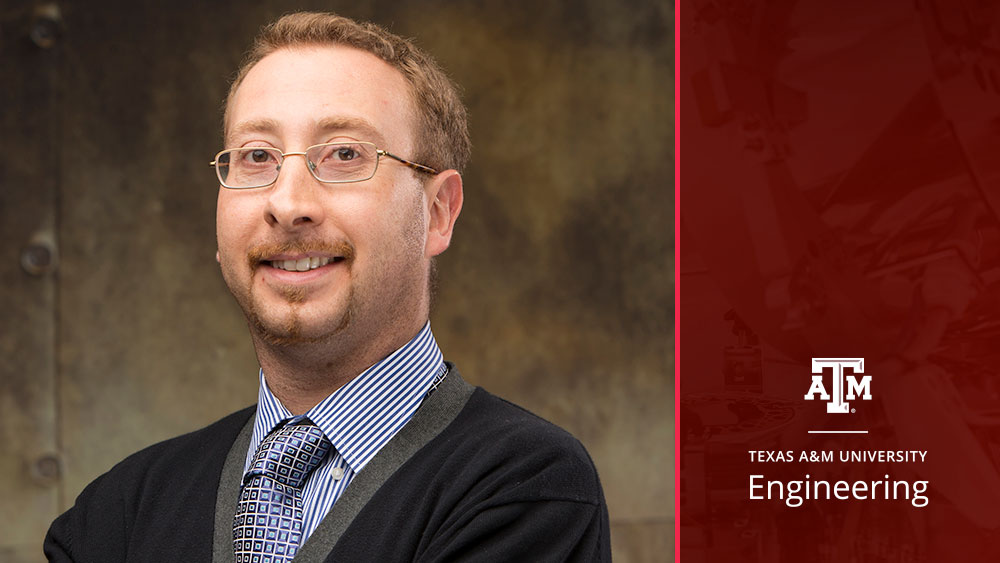
A Texas A&M University research team will receive annual funding support over the next three years from the U.S. Army Research Office to explore the protective potential of hybrid nanomaterials for armor applications and provide answers to unknowns about their mechanical performance in relation to their microstructure.
A class of hybrid 1D and 2D nanomaterials, where 1D materials (e.g., rebars such as nanowires) are used to reinforce 2D materials (e.g., graphene), shows promise in providing superior resiliency for applications like armor and protective clothing. However, there are significant unknowns about the hybrid materials’ mechanical performance that the research team hopes to answer.
“For instance, it is not clear yet how its energy dissipation in response to extreme mechanical loads depends on the 1D and 2D material interfaces and rebar arrangement,” said Dr. Mohammad Naraghi, associate professor in the Department of Aerospace Engineering and lead researcher. “It is also unclear how the size of the interfacial transition zone affects toughness and strength. This knowledge gap hampers meaningful progress in this field.”
In developing ideas, the team has been inspired by structures found in nature, in particular, tree leaves. The team has compared the 1D and 2D nanomaterials to the venation system (vein pattern) and epidermis of leaves. According to Naraghi, although the main function of the leaves’ venation system is arguably not load-bearing, it certainly contributes to deflecting the propagating cracks.
The other lead researchers include Dr. Keith Nelson, professor at the Massachusetts Institute of Technology and Dr. Chenglin Wu, assistant professor at Missouri University of Science and Technology.